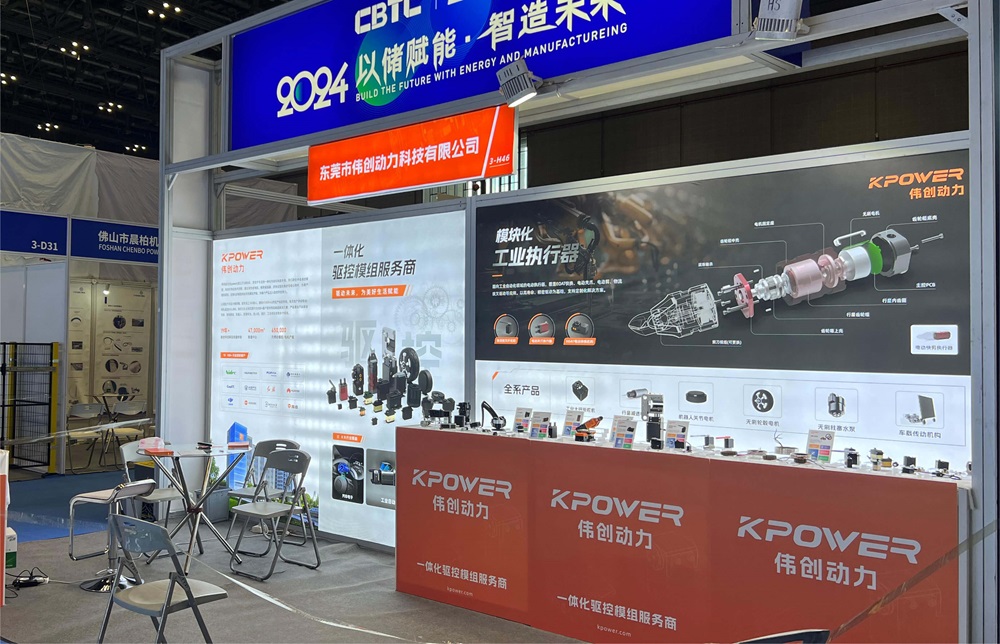Imagine a world where machines move with a finesse and accuracy that mirrors the human hand—precise, deliberate, and seamlessly integrated into our daily lives. At the heart of many of these marvels lies an unsung hero: the servo motor. Its ability to translate electrical signals into exact physical movements has revolutionized industries, from robotics and manufacturing to aerospace and consumer electronics. Central to this capability is the concept of the "rotation angle" — a critical parameter defining how far and in which direction a servo motor can turn.

Understanding the servo motor's rotation angle is akin to understanding the subtle art of dance choreography. Like a dancer executing a perfect turn or a painter carefully selecting a precise hue, the servo motor's rotation angle determines the scope and elegance of its motion. But what exactly is this angle, and why is it so vital for engineers, programmers, and tech enthusiasts alike?
To grasp this, let's start with a simple analogy: picture a pendulum swinging back and forth. Its movement is confined within a certain arc, defined by its physical constraints. Similarly, a servo motor has a specified range within which it can rotate, often measured in degrees. Typical rotation ranges can be from as narrow as 0-90 degrees, often used for controlling the position of a robotic arm, to a full 360-degree rotation or even more in specialized designs.
This rotation angle isn't just a matter of mechanical limits—it's a fundamental factor that influences accuracy, speed, and versatility. When programming a robotic gripper to close precisely around a fragile object, or setting the steering angle of an autonomous vehicle, knowing and controlling the servo’s rotation range becomes pivotal.
One of the defining characteristics of a servo motor is its ability to move to a specific angular position based on an input signal, usually a Pulse Width Modulation (PWM) signal. These signals tell the motor to rotate to a designated angle within its permitted degree span. For example, a PWM signal might instruct the servo to turn to 45 degrees, or 180 degrees, depending on the task.
The precision of this positioning—how accurately the servo can reach and hold a specific rotation angle—is what makes servo motors invaluable. It isn't just a matter of moving in a straight line but moving with finesse, precision, and repeatability. This tiny window of rotation is where the magic happens, enabling complex movements in robotics, camera gimbals, manufacturing equipment, and even prosthetics.
But what happens when the rotation angle exceeds a servo’s design limits? Or when different applications demand different ranges? Engineers have learned to optimize and sometimes customize servo motors for specific tasks, adjusting the rotation angle to balance between power, accuracy, and speed.
A key aspect is the distinction between fixed and continuous rotation servos. Fixed-range servos are designed with specific movement limits—commonly 0-180 degrees—making them ideal for precise position control. Continuous rotation servos, on the other hand, can rotate endlessly, functioning like a small DC motor with speed and direction control. Understanding the rotation angle of a fixed-range servo is fundamental for tasks requiring exact positioning, such as steering a robotic vehicle or angling a camera.
Beyond simple position control, the rotation angle also impacts the operational lifespan and energy efficiency of a servo. Over-rotating or forcing a servo beyond its set limits can cause mechanical wear or damage to internal components. Therefore, engineers often program limit switches and software constraints to prevent such mishaps, ensuring longevity and consistent performance.
In recent years, advancements in servo motor technology have expanded their rotation capabilities, with high-torque, high-precision models offering wider angles and even multi-turn rotation capabilities. These innovations unlock new potential for complex robotics, adaptive manufacturing systems, and autonomous vehicles.
As we explore these myriad applications, we'll find that the rotation angle isn't just a number—it's a gateway to refined control, innovation, and the future of automation. In the next section, we'll delve deeper into the mechanics behind controlling the rotation angle, how digital control systems interpret signals for precise movement, and the exciting developments that are pushing the limits of what servo motors can achieve.
Established in 2005, Kpower has been dedicated to a professional compact motion unit manufacturer, headquartered in Dongguan, Guangdong Province, China.




































